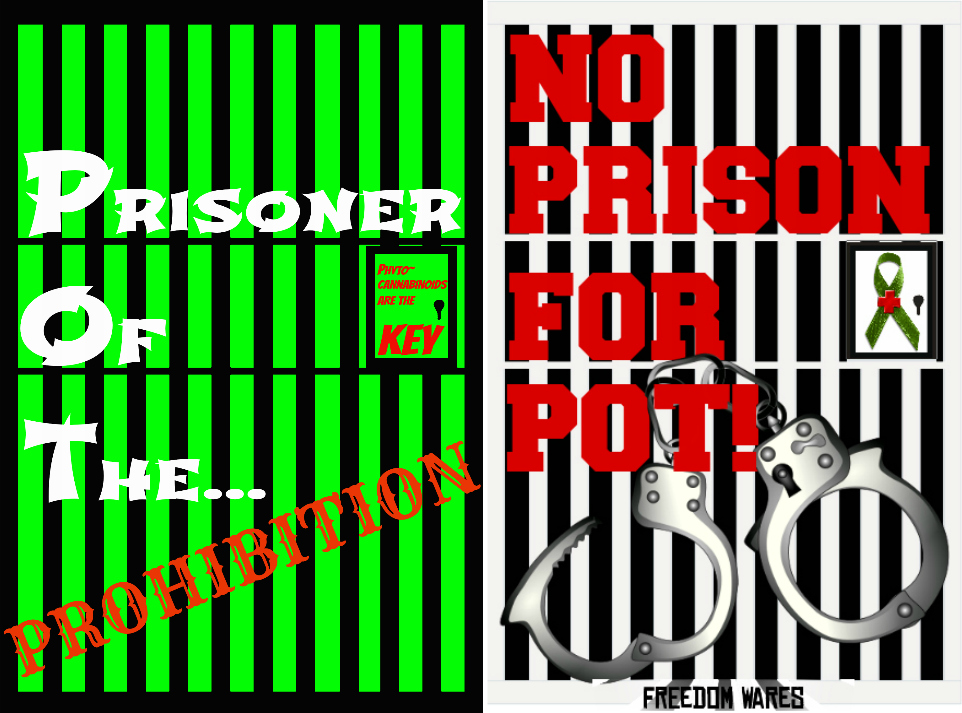2015 Oct 14;21(38):10721-31. doi: 10.3748/wjg.v21.i38.10721.
Abstract
 Immune-mediated liver injury is widely seen during hepatitis B virus (HBV) infection. Unsuccessful immune clearance of HBV results in chronic hepatitis and increases the risk of liver cirrhosis and hepatocellular carcinoma. HBV-related liver fibrosis (HBVLF), occurring as a result of HBV-induced chronic hepatitis, is a reversible, intermediate stage of chronic hepatitis B (CHB) and liver cirrhosis. Therefore, defining the pathogenesis of HBVLF is of practical significance for achieving better clinical outcomes. Recently, the homeostasis of CD4(+) T cells was considered to be pivotal in the process of HBVLF. To better uncover the underlying mechanisms, in this review, we systematically retrospect the impacts of different CD4(+) T-cell subsets on CHB and HBVLF. We emphasize CD4(+) T-cell homeostasis and the important balance between regulatory T (Treg) and T helper 17 (Th17) cells. We discuss some cytokines associated with Treg and Th17 cells such as interleukin (IL)-17, IL-22, IL-21, IL-23, IL-10, IL-35 and IL-33, as well as surface molecules such as programmed cell death protein 1, cytotoxic T lymphocyte-associated antigen 4, T cell immunoglobulin domain and mucin domain-containing molecule 3 and cannabinoid receptor 2 that have potential therapeutic implications for the homeostasis of CD4(+) T cells in CHB and HBVLF.
Immune-mediated liver injury is widely seen during hepatitis B virus (HBV) infection. Unsuccessful immune clearance of HBV results in chronic hepatitis and increases the risk of liver cirrhosis and hepatocellular carcinoma. HBV-related liver fibrosis (HBVLF), occurring as a result of HBV-induced chronic hepatitis, is a reversible, intermediate stage of chronic hepatitis B (CHB) and liver cirrhosis. Therefore, defining the pathogenesis of HBVLF is of practical significance for achieving better clinical outcomes. Recently, the homeostasis of CD4(+) T cells was considered to be pivotal in the process of HBVLF. To better uncover the underlying mechanisms, in this review, we systematically retrospect the impacts of different CD4(+) T-cell subsets on CHB and HBVLF. We emphasize CD4(+) T-cell homeostasis and the important balance between regulatory T (Treg) and T helper 17 (Th17) cells. We discuss some cytokines associated with Treg and Th17 cells such as interleukin (IL)-17, IL-22, IL-21, IL-23, IL-10, IL-35 and IL-33, as well as surface molecules such as programmed cell death protein 1, cytotoxic T lymphocyte-associated antigen 4, T cell immunoglobulin domain and mucin domain-containing molecule 3 and cannabinoid receptor 2 that have potential therapeutic implications for the homeostasis of CD4(+) T cells in CHB and HBVLF.
KEYWORDS:
CD4+ T cells; Chronic hepatitis B; Homeostasis; Liver fibrosis; Pathogenesis; Regulatory T cells; T helper 17 cells; Therapy
- PMID:
- 26478664
- [PubMed – in process]

